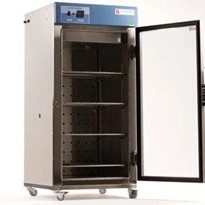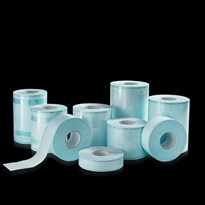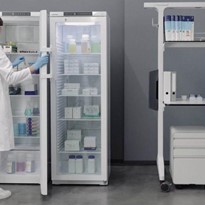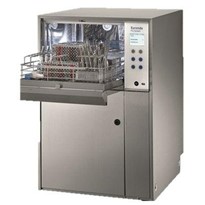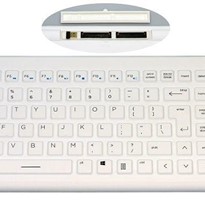A blanket warmer, also known as a warming cabinet, stores and warms linens, blankets, and sterile intravenous (IV) and surgical irrigation fluids in a medical environment. Blanket warmers often come in various sizes, and may have one, two or three compartments. Blanket warmers are often used to warm IV and surgical irrigation fluids to reduce the risk of hypothermia in a patient following a surgical procedure. Other environments like spas, dentist offices, and veterinary offices may also utilize blanket warmers.
The importance of medical Blanket Warmers.
Low temperatures of medical procedure rooms and surgical suites as well as factors like anxiety or long wait periods in the preoperative areas can have adverse effects on the patient. This requires a method for maintaining a patient's normal body temperature. A blanket and/or IV fluids that have been warmed in a blanket warmer can be the first method for keeping the patient's body at a normal temperature.
The risk of hypothermia during and after a procedure is a primary factor for using a hospital blanket warmer. Hypothermia increases the risk of surgical site infection (SSI), which often increases the patient's hospital stay and costs to the facility. Other consequences of hypothermia may include cardiac events and coagulation difficulties. By providing the patient with linens and sterile IV/surgical irrigation fluids warmed in a medical blanket warmer throughout all phases of the procedure, the healthcare facility is taking proactive steps to prevent a hypothermic event.
Blanket Warmer safety.
Following the recommended guidelines and procedures when using a blanket warmer for hospitals is important to patient safety and compliance. Recommendations may include temperature ranges, warming time, and storage practices. Depending on the blanket warmer manufacturer, recommendations for use may vary. The Australian Primary Health Care Nurses Association (APNA)also provides recommended practices for blanket warmer use, including:
- Fluids and solutions should be labelled with a date that indicates when the fluids should be removed or when they were placed in the warmer
- IV Fluids should be warmed using technology designed for this purpose
- Solutions should be rotated on a first in-first out basis
- IV bags and solution bottles should not be used as patient warming devices
- Warming cabinet temperatures should be checked at regular intervals per the organization's policy and documented on a temperature log or record, or documented on a record provided by an electronic recording system
While there are no national blanket warmer temperature guidelines, the ECRI Institute issued a hazard report update in 2009 that the blanket warming temperature should be no higher than 55° C to decrease the risk of patient injury. The report also noted that IV fluids should not be warmed in the same cabinet as used for blankets.
Blanket Warmer uses.
The practice of blanket warming is used in various applications, from medical facilities to veterinary offices to spas. Medical blanket warmers can be used to warm linens, blankets, irrigation solutions, intravenous (IV) fluids and blood. Fluids like blood and IV fluids that are warmed in a warming cabinet can help to restore a patient's body temperature to a normal range during or following a surgical procedure to avoid hypothermia. Warming linens and blankets are also tools for increasing body temperature following surgery.
Blanket Warmer or Warming Cabinet?
The terms "blanket warmer" and "warming cabinet" refer to the same equipment. There is no difference between the two terms. The term "warming cabinet" is a more holistic description as this equipment can warm both blankets and linens, as well as certain fluids used in a medical setting. Blanket warmers/warming cabinets are also referred to as medical blanket warmer, hospital blanket warmer, blanket/solution warming cabinet, and blanket warmer cabinet.


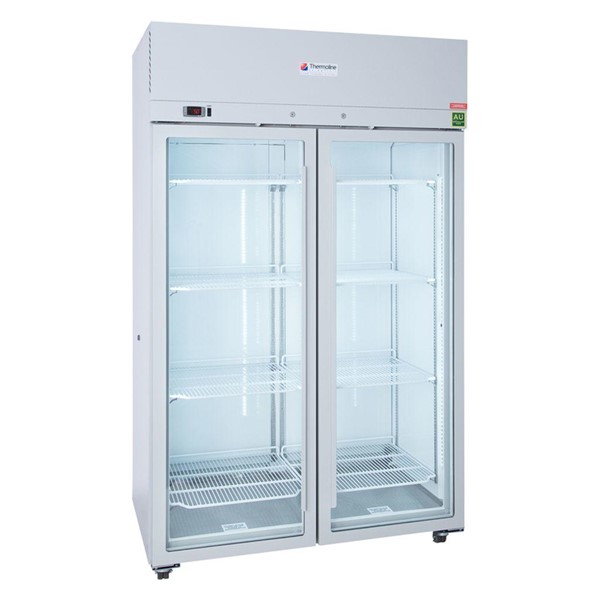
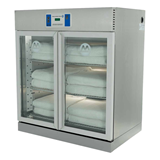
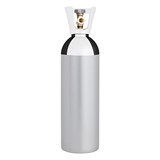

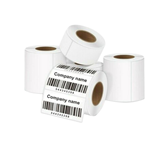
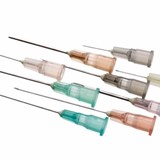




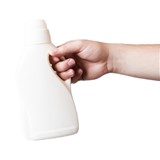
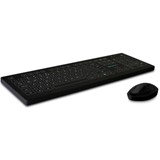
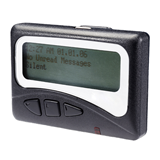
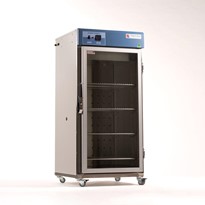






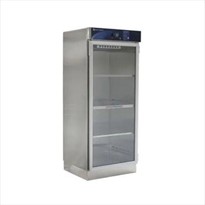

-205x205.png)
-205x205.png)
